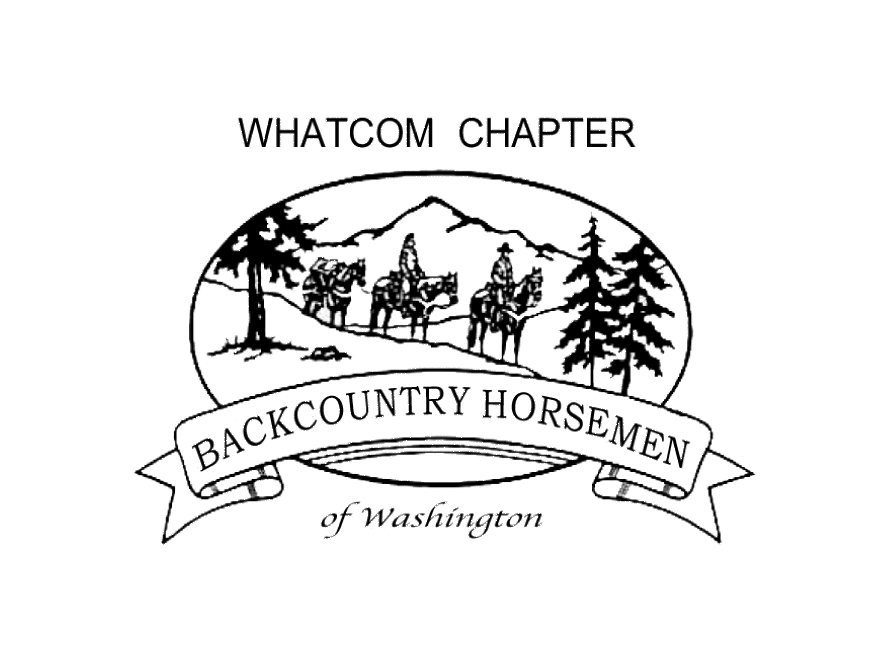Leave No Trace Principles for Backcountry Horse Use
Leave No Trace principles are universal for all regions of the United States. Specific information within each principle may vary from place to place, depending on the local environment and activity pursued. It is important to remember that LNT principles are guidelines, not rules. Consider your surroundings, local regulations, weather concerns, and your skill level when choosing the best way to Leave No Trace. Special considerations specific to a particular region or activity are included in more detailed LNT information. For a detailed look at these LNT principles, please see the Backcountry Horse Use Skills & Ethics Page.
Plan Ahead and Prepare
- Know the area and what to expect: learn the weather, travel conditions, popularity, local regulations and customs before heading for the backcountry.
- Select appropriate equipment for the worst conditions the country and time of year might offer.
- Repackage food into lightweight non-breakable containers and bags to decrease the amount of refuse brought into wildlands.
Camp and Travel on Durable Surfaces
- Utilize durable ground when hiking, landing water craft, stopping for rest breaks, and camping. The best surfaces to utilize are sand, rock, snow, dry grass, and pine needles.
- In popular areas, concentrate use in established campsites. Keep tents, kitchen areas, and traffic in "hardened" areas that are already bare from previous use.
- In remote areas, spread use. Spread out while hiking, avoid creating paths while in camp and utilize only durable ground for camping and walking.
- Avoid places where impact is just beginning. Leave barely-used sites alone to regenerate.
Pack It In, Pack It Out
- Reduce litter at the source by repackaging food into reusable containers.
- Carry out all trash & garbage so it will not be left half-burned or dug up by animals.
Properly Dispose of What You Can't Pack Out
- Bury Human waste 6-8" deep in individual catholes. The best option is to carry out toilet paper in plastic bags as buried tp is often dug up by animals.
- Strain or separate food particles from cooking water, scatter the gray water 200 ft. from water sources and camps. In bear country, consolidate water in sump holes.
- Minimize soap use to keep the backcountry free of chemicals. If washing with soap, rinse 200 ft. from water sources.
- Scatter fish or hunting remains discretely, well away from trails or camps.
- In Bear Country, hang all food and toiletries and camp at least 100 ft. from cooking and food storage areas
Leave What You Find
- Minimize Site Alterations by choosing sites that are sheltered and do not require trenching. Carry enough gear to be comfortable in bad weather.
- Avoid Damaging Live Trees and Plants. It is unnecessary to chop or nail trees, harvest plants, or harm living things.
- Leave Natural and Cultural Artifacts, such as bones, pottery, or petrified wood, intact for others to view and enjoy.
Minimize Use and Impact of Fires
- Know current Regulations and Weather Conditions. During dry periods, it may be dangerous, or even prohibited to build fires.
- If you can't use a stove, collect and burn only dead and already-downed wood.
- Use small wood (wrist size or smaller). It burns hot and easily burns to ash. Break wood to smaller lengths as needed: extra wood can be returned to the forest before leaving camp.
- In High-use Areas, use existing, legal fire pits.
- In Remote Areas, use no-trace methods such as fire pans or mound fires

